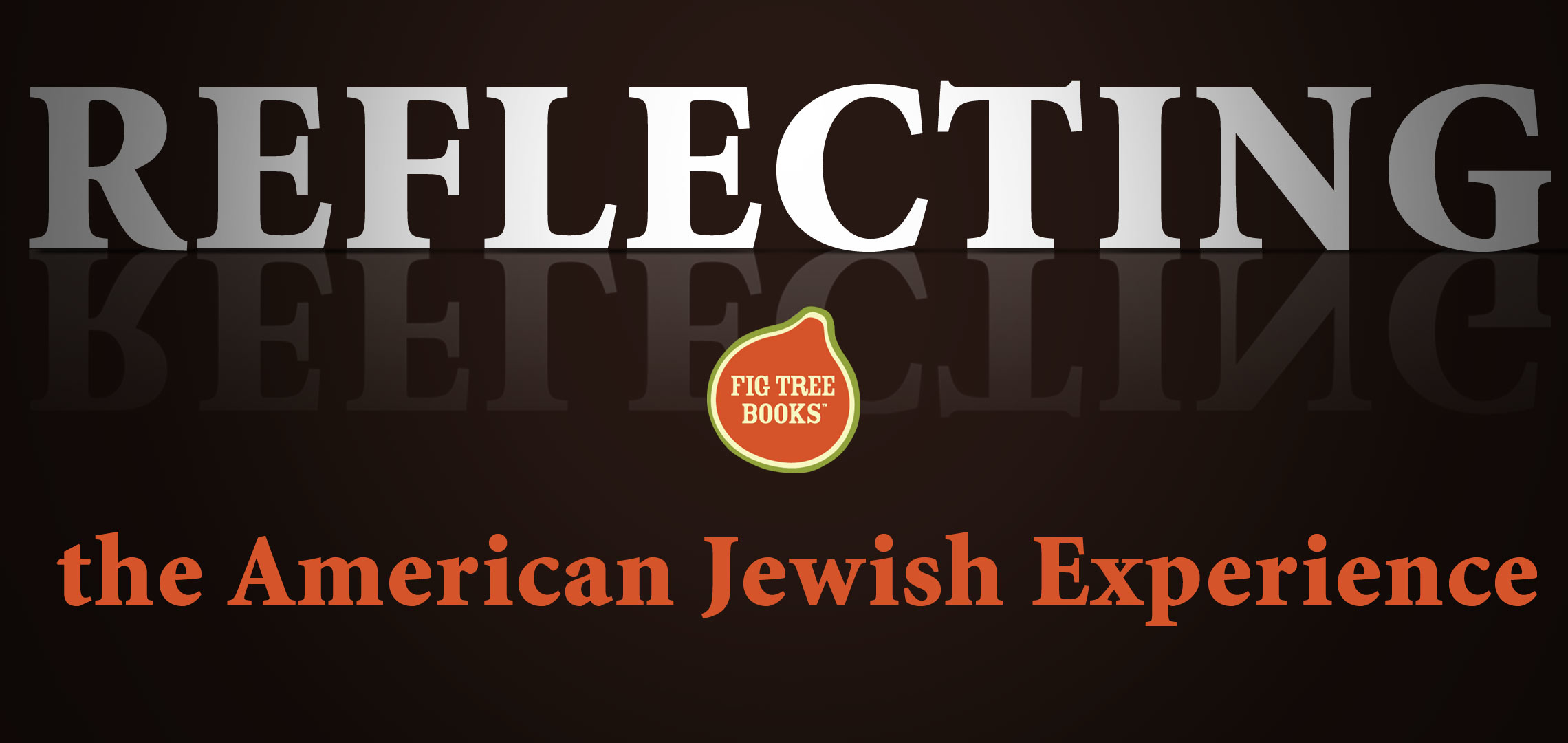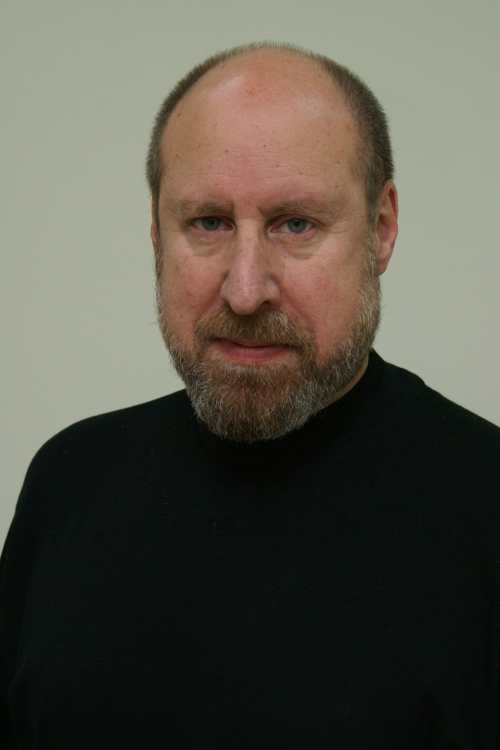Reflecting the American Jewish Experience

We are nearing the end of Jewish Book Month so we thought we’d check in with our friends at Fig Tree Books to discuss what exactly a “Jewish book” is. In the beginning of the month, we explored the work of an author with a second-generation Holocaust story to tell. But modern Jewish literature is not only about the past, and newer generations are finding their uniquely Jewish voices that also have universal appeal. Fig Tree Books specializes in what they call the American Jewish Experience. We’ll let publisher Fredric Price explain what is meant by that term, and predict where the industry will be in fifty years.
Featured Reviews of the Week
Are the Androids Dreaming Yet? Amazing Brain. Human Communication, Creativity and Free Will by James Tagg. “In this hefty examination of creativity, free will, and the meaning of humanity, engineer James Tagg discusses the similarities and differences between humans and computers.” Reviewed by Anna Call.
Yiayia Visits Amalia by Maria G. Mackavey. Illustrated by Bee Johnson. “A series of everyday adventures add up to a heartwarming portrait with vintage charm.” Reviewed by Karen Rigby.
Forgiving Mariela Camacho by AJ Sidransky. “In this gritty, fast-paced mystery, a New York detective must solve the murder of a former lover before the killer strikes again.” Reviewed by Sonya Lovy.
Marvel and a Wonder by Joe Meno. “This is a character-driven story of loss in America’s heartland. It’s a story of flawed characters and a landscape that, despite occasional beauty, has been used up and passed over.” Reviewed by Karen Ackland.
Living Colorful Beauty by Jonathan Harnisch. “Jonathan Harnisch tells the story of Ben, a man diagnosed with Tourette’s syndrome, schizoaffective disorder, and several other issues in a twisted, intensely character-driven ride.” Reviewed by Anna Call.
{ad}
First, can you give us a working definition of a “Jewish book,” since the American Jewish Experience (AJE) is wide ranging?

Fredric Price
When we’re considering a manuscript for publication, we first think about how it fits within the definition of the AJE.
For us—and of course, others might have their own definitions—the “Jewish experience” means engaging with what it means to be a Jewish American, or how one goes about his or her life practicing (or denying) his/her Judaism, or how one copes with Jewish identity, or deals with social/political/cultural issues associated with being Jewish or interactions between/among Jews and other groups.
We typically describe “American” as dealing with the people or institutions of the United States; this doesn’t mean that the protagonist must be a citizen or that the action must take place exclusively within our country. But the books that we publish must be grounded in American values, culture, or history, and American readers must be able to identify with the characters and the story.
The American Jewish community is changing, with less affiliation, less of a direct connection to the Holocaust and Israel. Is Jewish literature changing to reflect new priorities?
To date, I’d say that about 20 percent of the manuscripts we’ve received for consideration deal primarily with the Holocaust and/or Israel. But most submissions are focused on what I would characterize as the everyday lives of American Jews.
Now, within these AJE-themed manuscripts, we often see characters who are dealing with the effects of the Holocaust as children or grandchildren of survivors. And yes, there is literature today from some in the younger generation who feel distanced from Israel. But we are, in fact, seeing in manuscripts submitted to us an exploration of the ways in which Israel connects Jews from throughout the Diaspora.
It’s also true that a younger generation of authors is mining elements of American Jewish life that are not associated with the well-known stories of immigration from Eastern Europe or “traditional” anti-Semitism as portrayed in such novels as Gentleman’s Agreement. The diversity of life today within the American Jewish community, whether expressed in terms of religious or ritual practices, or family and social interactions, is breathtaking. Writers are finding new ways of bringing these stories not only to members of the Jewish community, but to a wider audience as well.
Tell us about your personal background and why you see a need for Fig Tree Books?
I was raised in a totally secular home in which Judaism was never discussed (although it was not disavowed). My “great awakening” took place in June of 1967 during the Six Day War. Later, I became active in Jewish communal activities such as assisting and settling new immigrants who had come to the United States from what was then the Soviet Union. Subsequently, I turned my attention to synagogue events and worship. My wife and I attend Shabbat services every Friday evening and Torah study each Saturday morning at Westchester Reform Temple in Scarsdale, New York.
In a world of ever-increasing “silos,” I saw the opportunity to develop a publishing niche that reflects my personal interests in Jewish works. I’m hoping that by publishing first-rate books, there will come a time when a person doing an Internet search will find Fig Tree Books at the top of the results when searching for keywords such as Jewish fiction, Jewish literature, Jewish novels, etc. It’s my belief that the interest is there; it’s up to us to fulfill the desire.
Anti-Semitism appears to be rising again in Europe and even on some US college campuses. What, if anything, can the literary world do about it?
I am impressed with such serious attempts to engage with and thereby combat anti-Semitism as found in novels including Nora Gold’s Fields of Exile—which actually takes place on a university campus—and essays and non-fiction books by Alan Dershowitz (including The Case for Israel). Rants decrying anti-Jewish sentiments will not get much traction. But smart novels (including young adult and graphic), memoirs, essays, histories, and biographies (such as the recent Léon Blum: Prime Minister, Socialist, Zionist, written by Pierre Birnbaum and translated by Arthur Goldhammer) that are both substantive and stylishly written, while perhaps not able to turn back the anti-Semitic tide completely, may slow it down.
The bottom line is that the literary world cannot duck this all-important issue, especially since anti-Israel sentiment is too often a convenient cover for anti-Semites, a way for those who voice it to disguise an anti-Jewish orientation behind a more acceptable political viewpoint.
Can you tell our readers about some upcoming titles you’re excited about?
Although we haven’t released information on our next list, I can tell you that we are working on a “noirish” novel set in a journalistic milieu, replete with a generous helping of international intrigue. In addition, we’re considering our first young adult novel and farther down the pipeline is the possibility of a graphic novel. Stay tuned for some exciting reads—and please check out the six titles we’ve released just this year.
Do you have any predictions about the future of books? Will we still be reading them in fifty years?
As long as Western civilization continues to thrive, we’ll have books and more books, especially as technical innovations such as e- and audio books continue to enable people to enjoy the experience of reading at their own convenience. Perhaps more people will opt to read via a next-generation of Google glasses or some technology not yet invented.
I can’t predict the percentage of books that will continue to be printed, the number of books sold per capita, the categories of books that will resonate to a greater degree than what exists today, etc. But to paraphrase the editorial in The New York Sun of September 21, 1897, “Yes, Virginia, there will always be books—and people to read them.”
